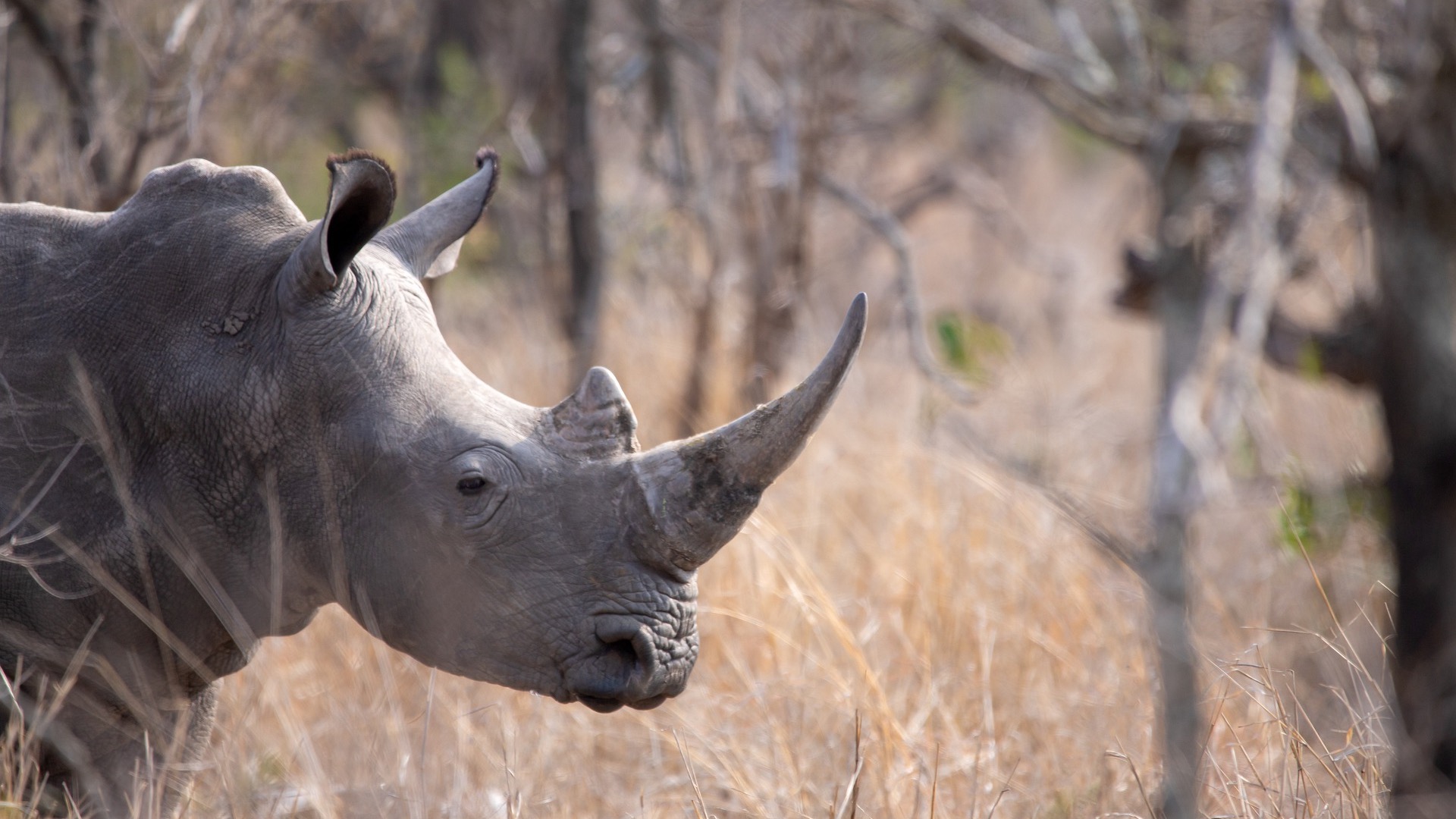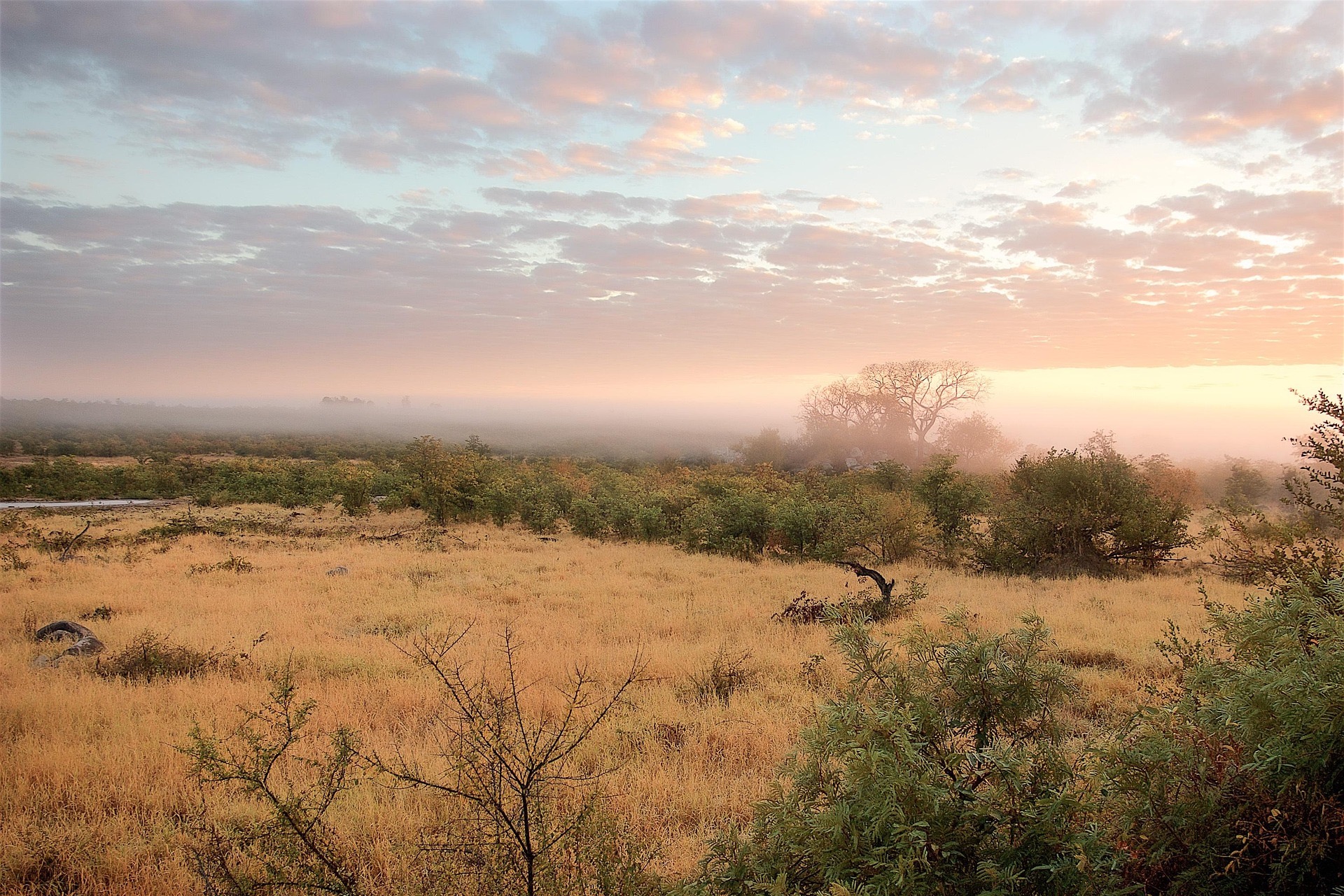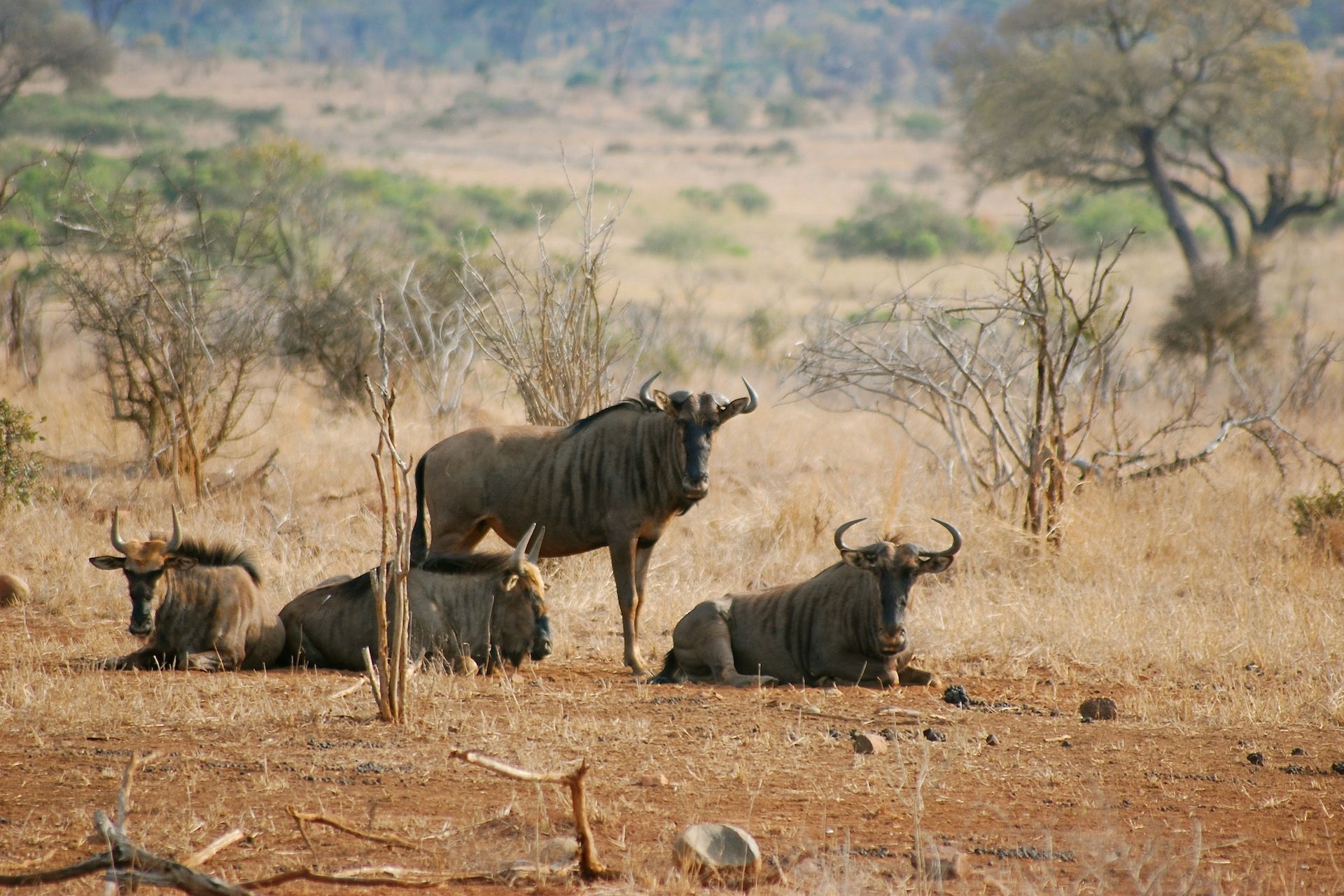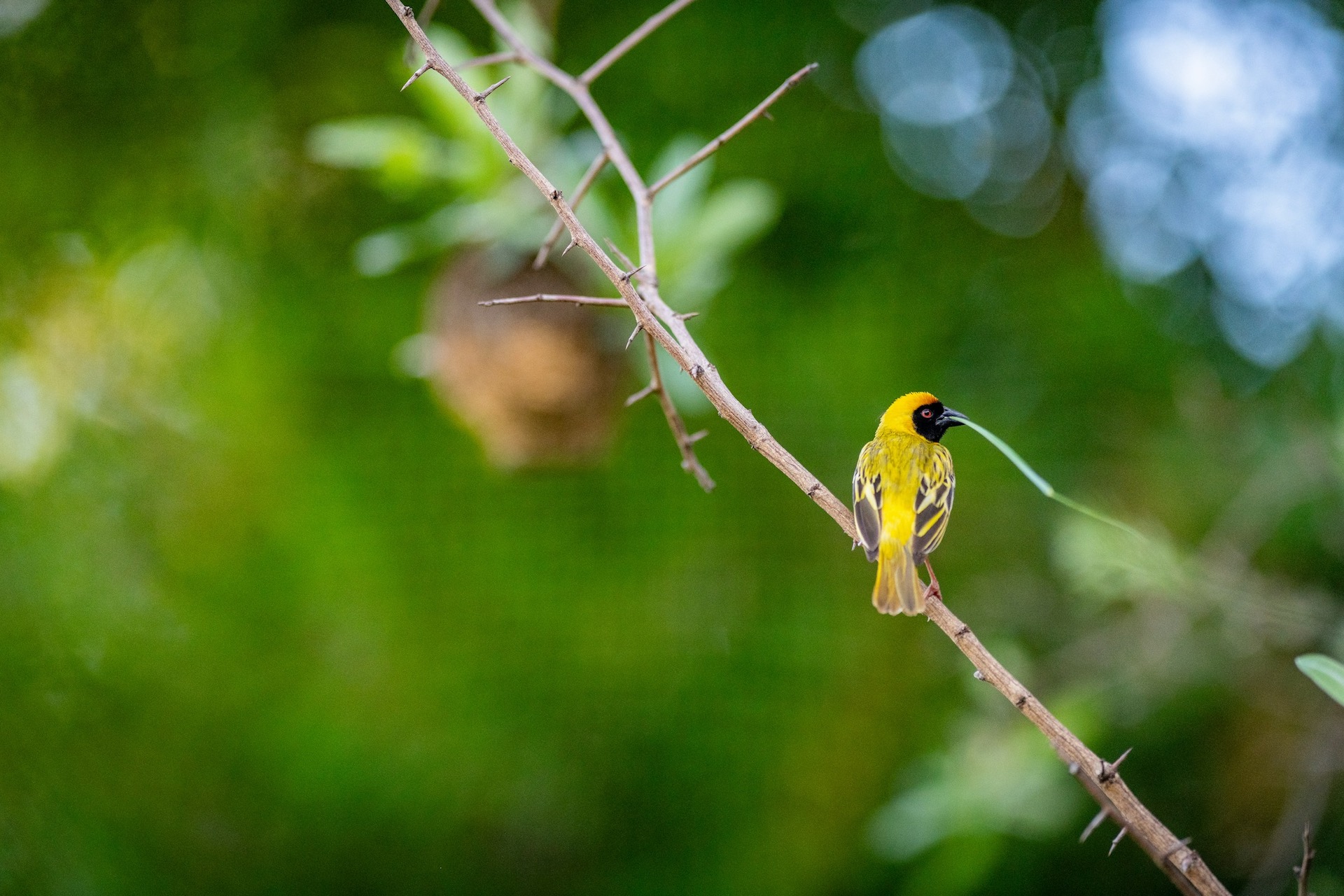Welcome to Kruger National Park
Kruger National Park is one of Africa's largest and most renowned game reserves, spanning nearly 20,000 square kilometers across the northeastern provinces of Limpopo and Mpumalanga. This iconic wildlife sanctuary is home to an incredible diversity of African wildlife, including the legendary Big Five - lion, leopard, elephant, buffalo, and rhino - attracting over 1.5 million visitors annually from around the world.
Established in 1898 to protect the wildlife of the South African Lowveld, Kruger has evolved into a world-class conservation area and premier safari destination. The park's diverse ecosystems support an extraordinary array of mammals, birds, reptiles, and plant species, offering visitors unparalleled opportunities to experience the African bush in its most authentic and spectacular form.



